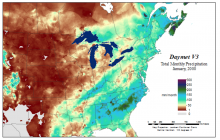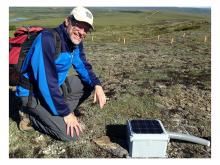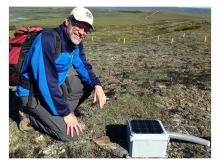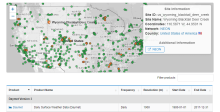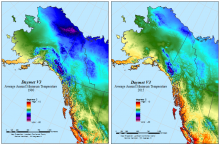The lead developer of Daymet is recognized as a highly cited author in 2019.
Daymet Developer Among Web of Science's Most Highly Cited
Dr. Peter Thornton leads the Modeling and Scale Integration Science Team for the Next-Generation Ecosystem Experiments (NGEE) Arctic project.



